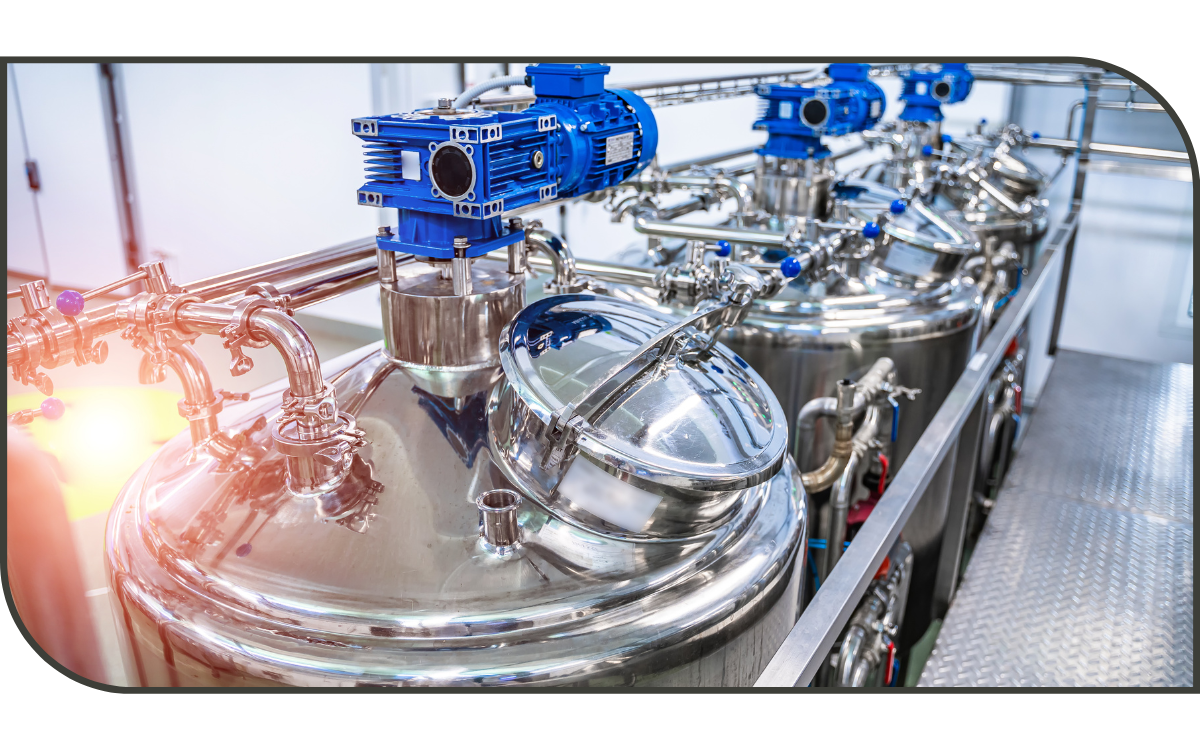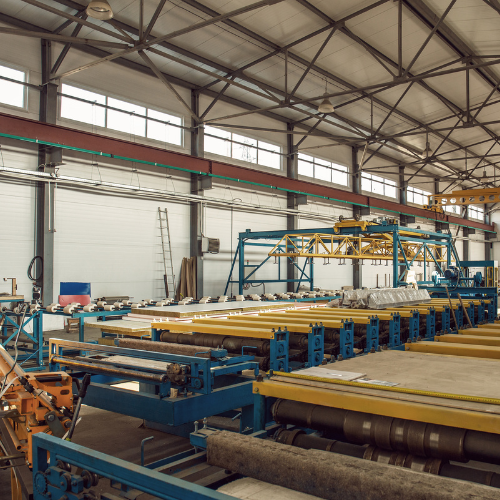1. Replace End-of-Life Equipment
When heating equipment using fossil fuels reaches the end of its operational life, this presents a prime opportunity to shift toward cleaner alternatives rather than simply replacing like-for-like. This approach transforms a necessary capital expenditure into a strategic carbon reduction investment.
Consider the total cost of ownership beyond the initial purchase price. Modern heat pump systems, for instance, may have higher upfront costs but deliver substantial operational savings through reduced fuel consumption and lower maintenance requirements.
The key is timing your assessment before equipment failure forces rushed decisions. Develop a replacement schedule that allows for proper evaluation of alternatives, securing incentives, and coordinating with other facility improvements for maximum efficiency gains.
2. Utilize Waste Heat
Most industrial refrigeration systems operate by removing heat from one area and rejecting it to the atmosphere, essentially throwing away valuable thermal energy. This waste heat represents one of the most cost-effective decarbonization opportunities available, often delivering payback periods of two to three years.
By capturing and redirecting this thermal energy through heat recovery systems, facilities can significantly reduce their reliance on fossil fuel-based heating.
The implementation is often straightforward: install heat exchangers and distribution piping to redirect waste heat where it's needed. This recovered energy can reduce the size and operational requirements of existing fossil fuel equipment, creating a cascading effect of efficiency improvements throughout your thermal systems.
3. Improve Equipment Efficiency
When equipment reaches end-of-life, the efficiency improvements available in newer models can be substantial. Modern heat pumps achieve coefficients of performance (COP) much higher than units from just a decade ago, while advanced controls and variable-speed drives optimize performance across varying load conditions.
These efficiency gains compound over time, particularly in facilities with high thermal loads. Additionally, newer equipment typically features enhanced diagnostics, predictive maintenance capabilities, and longer service intervals, reducing total cost of ownership. There are often grants or subsidies available for switching to more efficient equipment, further reducing the cost.
Consider the broader system integration when upgrading – modern equipment often enables better coordination between heating, cooling, and ventilation systems, unlocking additional efficiency gains that wouldn't be apparent when evaluating components in isolation.
4. Integrate Renewable Energy
Solar panels and other renewable energy sources offer a path toward grid independence while dramatically reducing carbon footprints. The key is right-sizing renewable installations to match your facility's energy profile and thermal requirements.
When combined with waste heat recovery and efficient thermal systems, renewable energy can transform facilities from net energy consumers to net-zero or even energy-positive operations.
Battery storage and thermal storage systems can help manage the intermittent nature of renewable energy, storing excess capacity during peak generation periods for use during high-demand periods. This approach reduces peak demand charges while providing backup capability and grid stabilization benefits.
5. Carbon Capture and Storage
For emissions that cannot be eliminated through efficiency improvements and renewable energy, carbon capture and storage technologies provide a pathway to neutrality. While these technologies are still evolving, pilot programs and early deployments are demonstrating viability for industrial applications.
Direct air capture systems can be integrated with existing HVAC infrastructure, using excess renewable energy capacity to power carbon removal processes. For facilities with significant process emissions, point-source capture systems can be more cost-effective than atmospheric removal.
The economics continue to improve as carbon pricing mechanisms mature and technology costs decline. Organizations implementing comprehensive decarbonization strategies today position themselves to integrate these technologies as they become more accessible, completing their journey to carbon neutrality.

.png?sfvrsn=c496df22_0)








